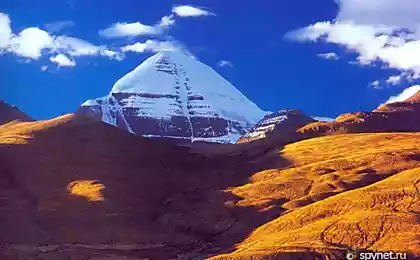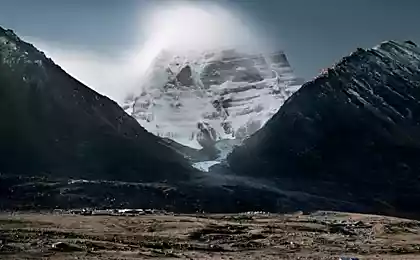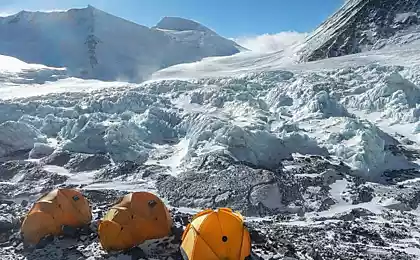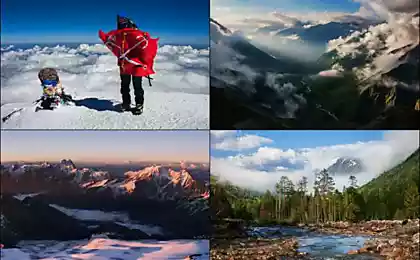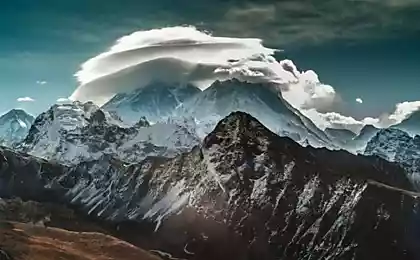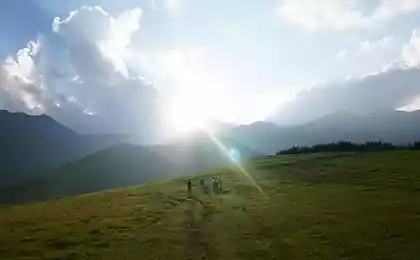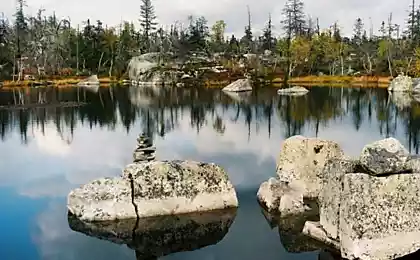636
Mount Kailas - the four-sided mountain
Mount Kailash (Kailas, Kailash) located in the eponymous mountain range in the system of the mountains of the Transhimalaya (Transhimalaya) in the South of the Tibetan plateau in the Tibet Autonomous region of China.
It is the highest mountain in its region. The mount Kailash is a up a pyramid-like formation, which consists of four parts. West and North faces are concave, Eastern and southern slightly convex. Face of the mountain quite accurately oriented to the cardinal.

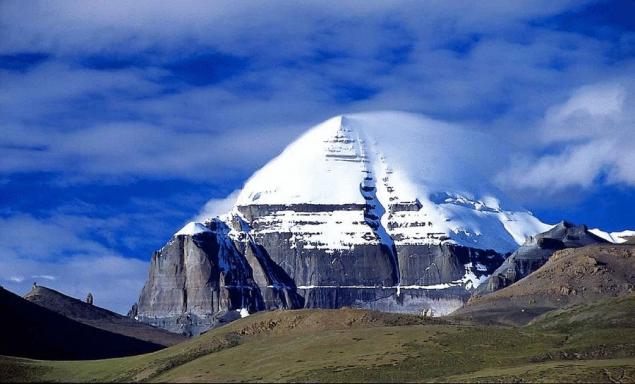
The height of Kailas is still a contentious issue — so, there is a widespread assertion that Kailash has a height of 6666 m; scientists disagree from 6638 to 6890 m, due to the method of measuring the heights of mountains. Besides, the Himalayan mountains are considered young, so that their height increases by an average subject chapping breed 0.5—0.6 cm per year.
On the South side is a vertical crack around the middle crossed horizontal. This is reminiscent of the swastika. In Bon-e, Kailash is sometimes called the "Mountain of the Swastika".
The top of the mountain remains unconquered. In 1985, the famous mountaineer Reinhold Messner has received from the Chinese authorities permission to climb, but refused at the last moment.
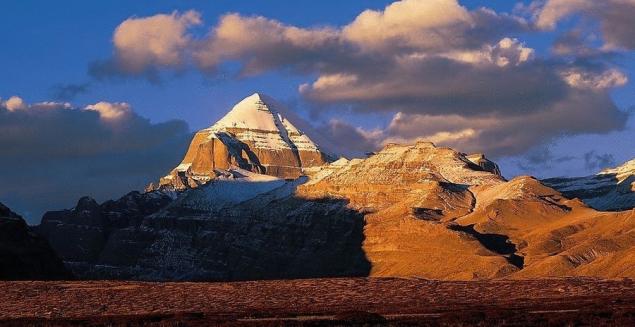
In 2000, a Spanish expedition for quite a considerable amount has gotten an approval (permit) to the conquest of Kailas from the Chinese authorities. The team established base camp at the foot, but to set foot on the hill and failed. Thousands of pilgrims blocked the path of the expedition. The Dalai Lama, the United Nations, a number of major international organizations, millions of believers around the world protested the conquest of Kailas, and the Spaniards had to retreat. In 2004 the expedition of Professor Yury Zakharov rose to a height of more than 6300 m on the southern slope. The expedition was a documentary film, awarded the State prize, released a number of publications and held a press conference. According to Zakharov, the further advancement of the inexperienced group was impossible without special equipment and due to adverse weather conditions.

In the religious texts of Buddhism and Hinduism about Kailas says: "No mortal dares to climb the mountain, where the gods live, who will see the faces of the gods must die." There are a number of astronomical features of the structure of this complex. For example, it has found the match of the Great bear constellation and of mount Kailash (the four points of the bucket – the edges of the mountain at an altitude of 6200м) with the adjacent concave stone mirror (handle bucket). The corresponding relative distance of the constellation and its terrestrial manifestations do not differ more than 15%. When observing the sunset from the summit of Kailas, you may notice that during the equinoxes the sun sets exactly between the two mountains, located near the Western edge (Amitayus and Vijaya).
The believers of the four religions — Hindus, Buddhists, Jains and Bon followers believe this mountain "the heart of the world", "earth's axis".
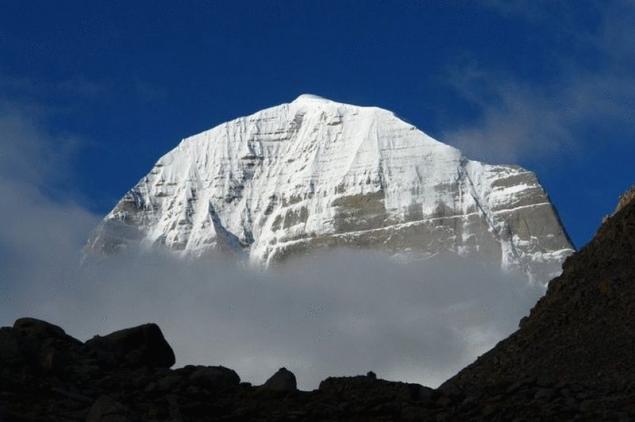
Source: /users/104
It is the highest mountain in its region. The mount Kailash is a up a pyramid-like formation, which consists of four parts. West and North faces are concave, Eastern and southern slightly convex. Face of the mountain quite accurately oriented to the cardinal.


The height of Kailas is still a contentious issue — so, there is a widespread assertion that Kailash has a height of 6666 m; scientists disagree from 6638 to 6890 m, due to the method of measuring the heights of mountains. Besides, the Himalayan mountains are considered young, so that their height increases by an average subject chapping breed 0.5—0.6 cm per year.
On the South side is a vertical crack around the middle crossed horizontal. This is reminiscent of the swastika. In Bon-e, Kailash is sometimes called the "Mountain of the Swastika".
The top of the mountain remains unconquered. In 1985, the famous mountaineer Reinhold Messner has received from the Chinese authorities permission to climb, but refused at the last moment.

In 2000, a Spanish expedition for quite a considerable amount has gotten an approval (permit) to the conquest of Kailas from the Chinese authorities. The team established base camp at the foot, but to set foot on the hill and failed. Thousands of pilgrims blocked the path of the expedition. The Dalai Lama, the United Nations, a number of major international organizations, millions of believers around the world protested the conquest of Kailas, and the Spaniards had to retreat. In 2004 the expedition of Professor Yury Zakharov rose to a height of more than 6300 m on the southern slope. The expedition was a documentary film, awarded the State prize, released a number of publications and held a press conference. According to Zakharov, the further advancement of the inexperienced group was impossible without special equipment and due to adverse weather conditions.

In the religious texts of Buddhism and Hinduism about Kailas says: "No mortal dares to climb the mountain, where the gods live, who will see the faces of the gods must die." There are a number of astronomical features of the structure of this complex. For example, it has found the match of the Great bear constellation and of mount Kailash (the four points of the bucket – the edges of the mountain at an altitude of 6200м) with the adjacent concave stone mirror (handle bucket). The corresponding relative distance of the constellation and its terrestrial manifestations do not differ more than 15%. When observing the sunset from the summit of Kailas, you may notice that during the equinoxes the sun sets exactly between the two mountains, located near the Western edge (Amitayus and Vijaya).
The believers of the four religions — Hindus, Buddhists, Jains and Bon followers believe this mountain "the heart of the world", "earth's axis".

Source: /users/104
